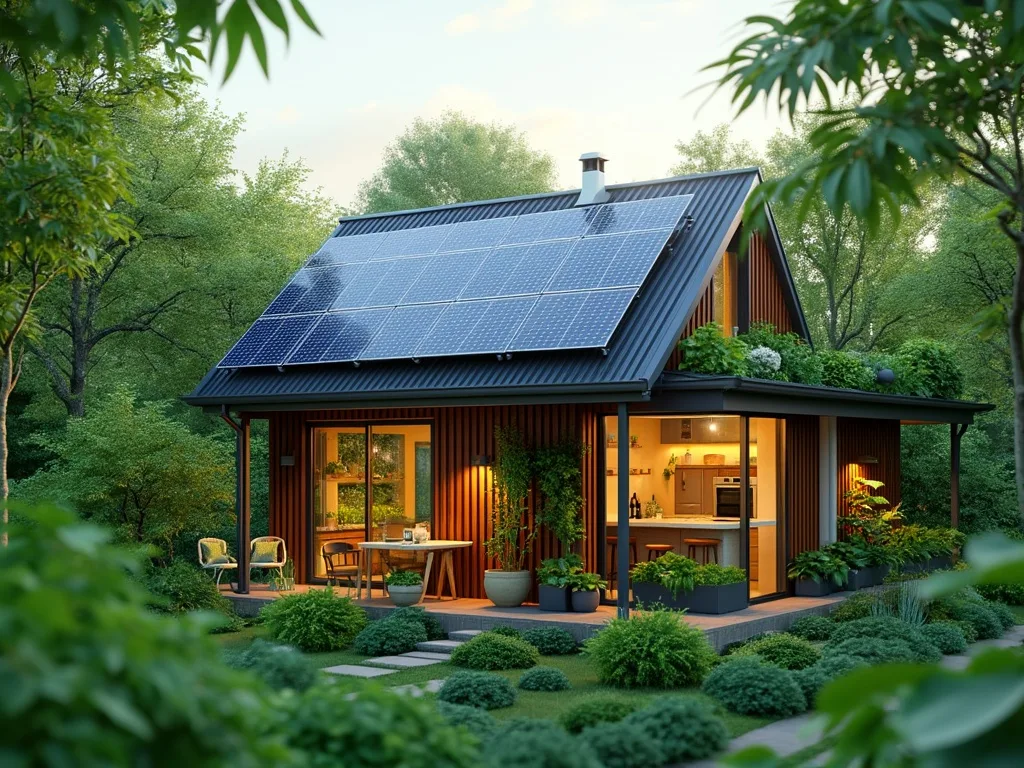The Future of Green Homes in Today’s Market
By Joseph Garcia | Elite Living Realty
Sustainability isn’t just a buzzword anymore—it’s a driving force in real estate. Today’s buyers want homes that don’t just look good, but also save energy, reduce costs, and minimize environmental impact. For sellers, builders, and investors, understanding the rise of green homes is key to staying ahead in an evolving market.

Why Green Homes Are in Demand
Several factors are pushing eco-friendly living into the mainstream:
- Rising Energy Costs – Buyers want homes with solar panels, efficient insulation, and energy-smart appliances.
- Health & Wellness – Features like air filtration systems and non-toxic materials improve indoor air quality.
- Government Incentives – Tax credits and rebates for green upgrades make sustainable homes more attainable.
- Buyer Preferences – Millennials and Gen Z, the fastest-growing buyer groups, actively seek out eco-conscious properties.
Key Features of Modern Green Homes
- Solar Panels & Renewable Energy – Cutting utility costs while increasing home value.
- Smart Thermostats & Energy Monitoring – Better efficiency and control.
- Water Conservation – Low-flow fixtures and rainwater harvesting systems.
- Sustainable Materials – Bamboo flooring, recycled steel, and non-toxic paints.
- High-Performance Windows & Insulation – Lower energy bills and more comfort.
The Investment Case for Green Homes
For investors and homeowners, green upgrades aren’t just ethical—they’re profitable.
- Higher Resale Value – Eco-friendly features can push homes into premium pricing tiers.
- Lower Operating Costs – Energy-efficient homes save thousands over time.
- Market Differentiation – Standing out in a crowded real estate market.
- Long-Term Viability – As codes and buyer preferences shift, green homes will stay future-proof.
Challenges to Consider
Of course, the green home movement isn’t without its hurdles:
- Upfront Costs – Solar panels, advanced HVAC systems, and sustainable materials require investment.
- Education Gaps – Buyers and appraisers sometimes undervalue eco-friendly features.
- Technology Lifespan – Some green tech may need upgrades or replacement over time.
The Road Ahead
As awareness grows and technology costs come down, green homes will move from being a luxury niche to the new normal. Builders are already designing entire communities with sustainability in mind, and government policies are likely to accelerate adoption.
Final Thoughts
The future of real estate is green. Buyers are asking for it, investors are benefiting from it, and communities are being shaped by it. Whether you’re selling, buying, or investing, now is the time to align with sustainable living and capture the opportunities it brings.

%402x.svg)
